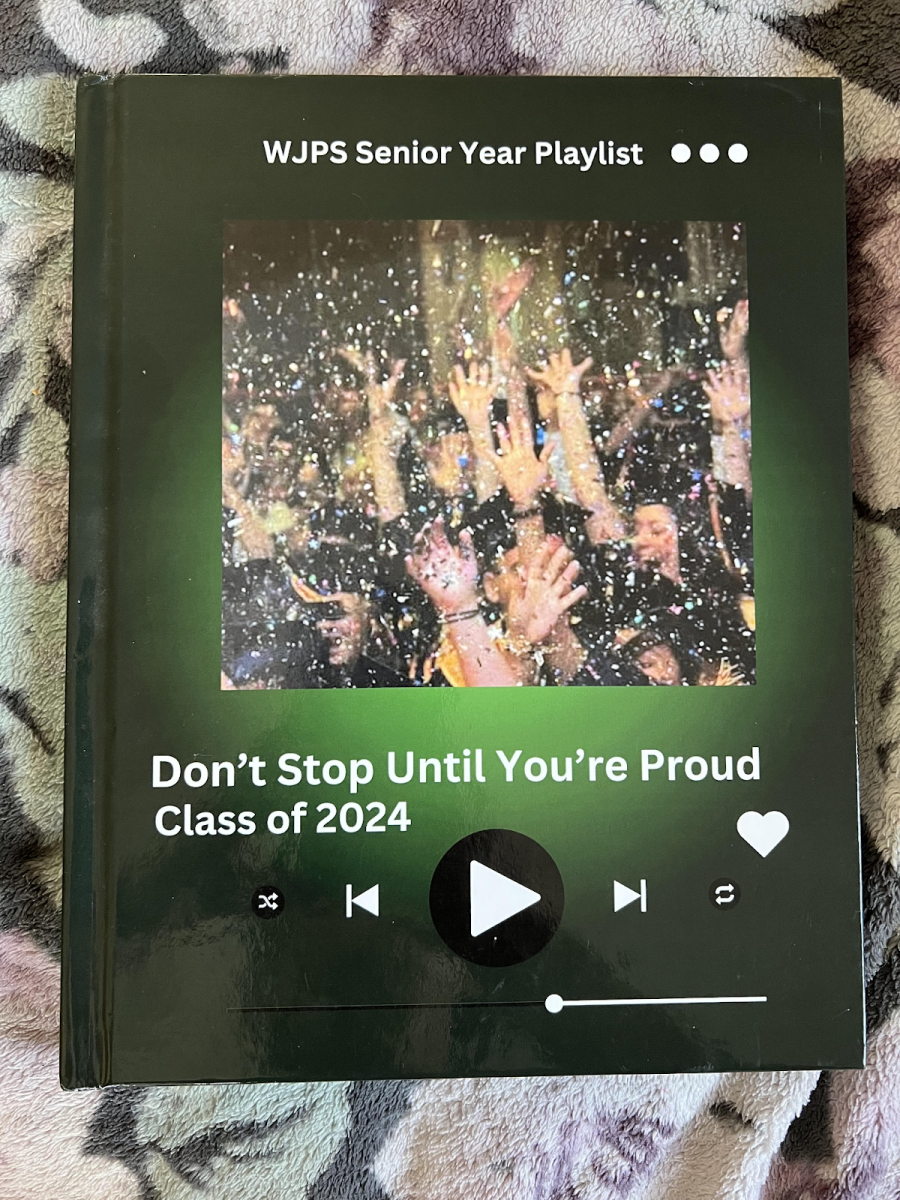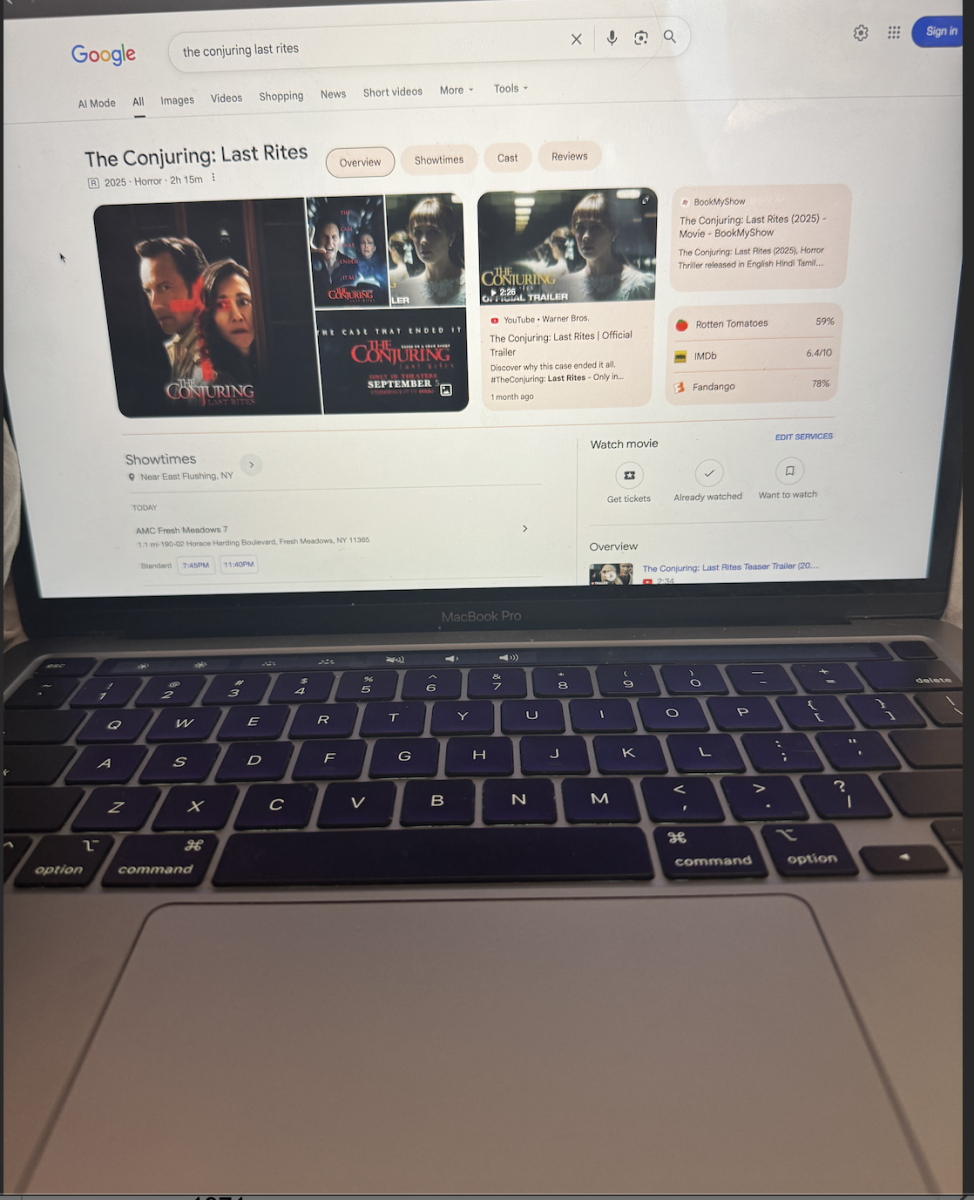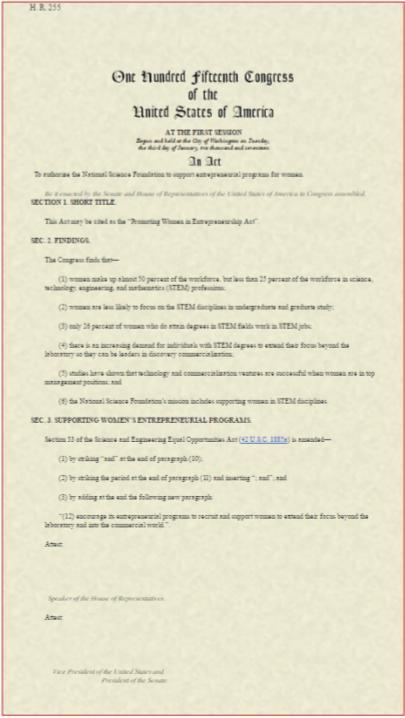by Markella Giannakopoulos, co-editor in chief

“No cellphones allowed” has been a predominant sign in schools all around NYC schools. As of January 7, 2015, students are now allowed to bring cell phones to school, a luxury most schools couldn’t have due to metal detectors.
Mayor Bill de Blasio and Chancellor Carmen Farina have lifted the decade old ban on cell phone prohibition believing that schools need to be brought into the 21st century with all the technology floating around.
“Lifting the cell phone ban is about common sense, while ensuring student safety as well as high-level learning in our classrooms,” Farina said in an interview with the NYC office of the mayor.
This move to bring cell phones into the classrooms will take into effect on March 2nd. This will allow millions of students to bring phones into the school building without the fear of it being taken away because of metal detectors.
Due to said metal detectors, students were forced to pay for storage outside the school so that they could stay in touch with parents. The ban was strictly enforced in low income districts with the metal detectors (due to potential weapons being brought to school) but were much more lenient in other districts where there were no metal detectors.
“Being an unscanned school, we could get by with that. It won’t affect us at all because we were already “breaking” the ban. Since we opened in 2006, we have always allowed cell phones in the building. But our policy was to have it locked in their lockers,” principal Mrs. Schneider said.
For those types of schools, the cell phones weren’t allowed to be visible on pains of being confiscated with various degrees of punishment. In the school, cell phones are supposed to be kept in lockers until the end of the day. Some classes are allowed to have their phones out, only for educational purposes such as Google Docs and Twitter.
On March 2nd, individual schools will be allowed to create their own rules regarding cell phone use and restrictions.
“If it is a scanned school, it would be a huge change. They won’t have to pay $1 a day. They will still be scanned but it won’t slow that process. Those schools will have to make a whole new policy because they’ve never needed to have one,” Schneider said.
While most students don’t have this problem to worry about in the school, many parents will rest easy knowing that they can contact their children before and after school without having the fear of not being able to be reach them.
“It’s really good that they [students] will be able to bring their phones because in case something happens, they can contact their family,” sophomore Erika Donis said.
This move to unban cellphones is a step in the right direction for public education. Now the next step will be to completely integrate technology in the classroom.

































![“I agree the school lost its purpose, I left newspaper because I no longer had an interest and passion that I did once believe I had, the school’s more worried about student law court then what’s in the name in the school. [Which is journalism],” senior Christos Troumhis said. Photo attributions to Jon S.](https://wjpsnews.com/wp-content/uploads/2015/12/6276688407_12900948a2_z.jpg)









